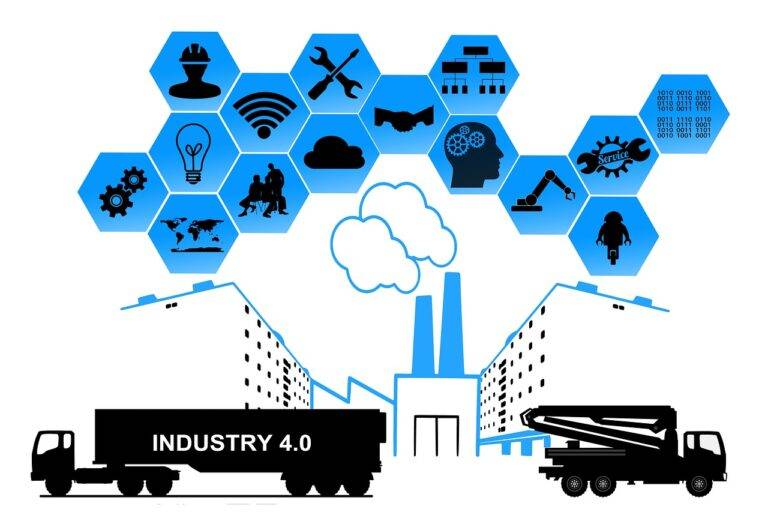Advancements in Augmented Reality for Remote Assistance
One of the primary obstacles faced in the realm of remote assistance is the potential for miscommunication between parties. Due to the lack of physical presence, subtle cues and body language may be missed, leading to misunderstandings and inefficiencies in the support process. This can result in longer resolution times and frustration for both the customer and the service provider.
Another significant challenge is the limitation of technology infrastructure. Not all locations have access to high-speed internet or advanced communication tools, which can hinder the effectiveness of remote assistance services. Unreliable internet connections and outdated equipment can lead to interruptions in communication, causing delays and complicating the troubleshooting process.
Benefits of Augmented Reality in Remote Support
Augmented Reality (AR) has revolutionized remote support by offering real-time interactive visuals to enhance troubleshooting and guidance. By overlaying digital information onto the physical world, AR technology allows support technicians to remotely guide users through complex procedures with precision and clarity. This immersive experience bridges the gap between the expert and the user, leading to quicker issue resolution and increased customer satisfaction.
One of the key advantages of implementing AR in remote support is the ability to provide hands-free assistance to field technicians or customers. With AR-enabled devices like smart glasses or smartphones, users can receive step-by-step instructions and visual cues without having to juggle between tools or manuals. This seamless integration of data into the user’s environment not only improves efficiency but also reduces the risk of errors, resulting in higher productivity and reduced downtime.
Real-time Communication Tools for Remote Assistance
In the realm of remote assistance, the significance of real-time communication tools cannot be emphasized enough. These tools serve as the bridge that connects users and support agents seamlessly, despite geographical barriers. Through features like live chat, video calls, and screen sharing, real-time communication tools empower support agents to troubleshoot issues efficiently and provide timely assistance to their customers.
By enabling instant interaction between the user and the support team, real-time communication tools help in swift issue resolution and enhance overall customer satisfaction. The ability to engage in live conversations, share visuals, and address queries in real-time creates a personalized and effective support experience for users, fostering trust and loyalty towards the brand. When it comes to remote assistance, these tools play a pivotal role in ensuring a smooth and productive troubleshooting process.
What are some common challenges in remote assistance?
Some common challenges in remote assistance include limited visual communication, difficulty in understanding instructions, and delays in troubleshooting due to lack of real-time communication.
How can augmented reality benefit remote support?
Augmented reality can benefit remote support by providing technicians with a real-time view of the issue, enabling them to guide users through troubleshooting steps visually, and improving overall accuracy and efficiency in resolving technical issues.
What are some real-time communication tools that can be used for remote assistance?
Some real-time communication tools that can be used for remote assistance include video conferencing platforms, screen sharing applications, instant messaging services, and augmented reality applications specifically designed for remote support.





